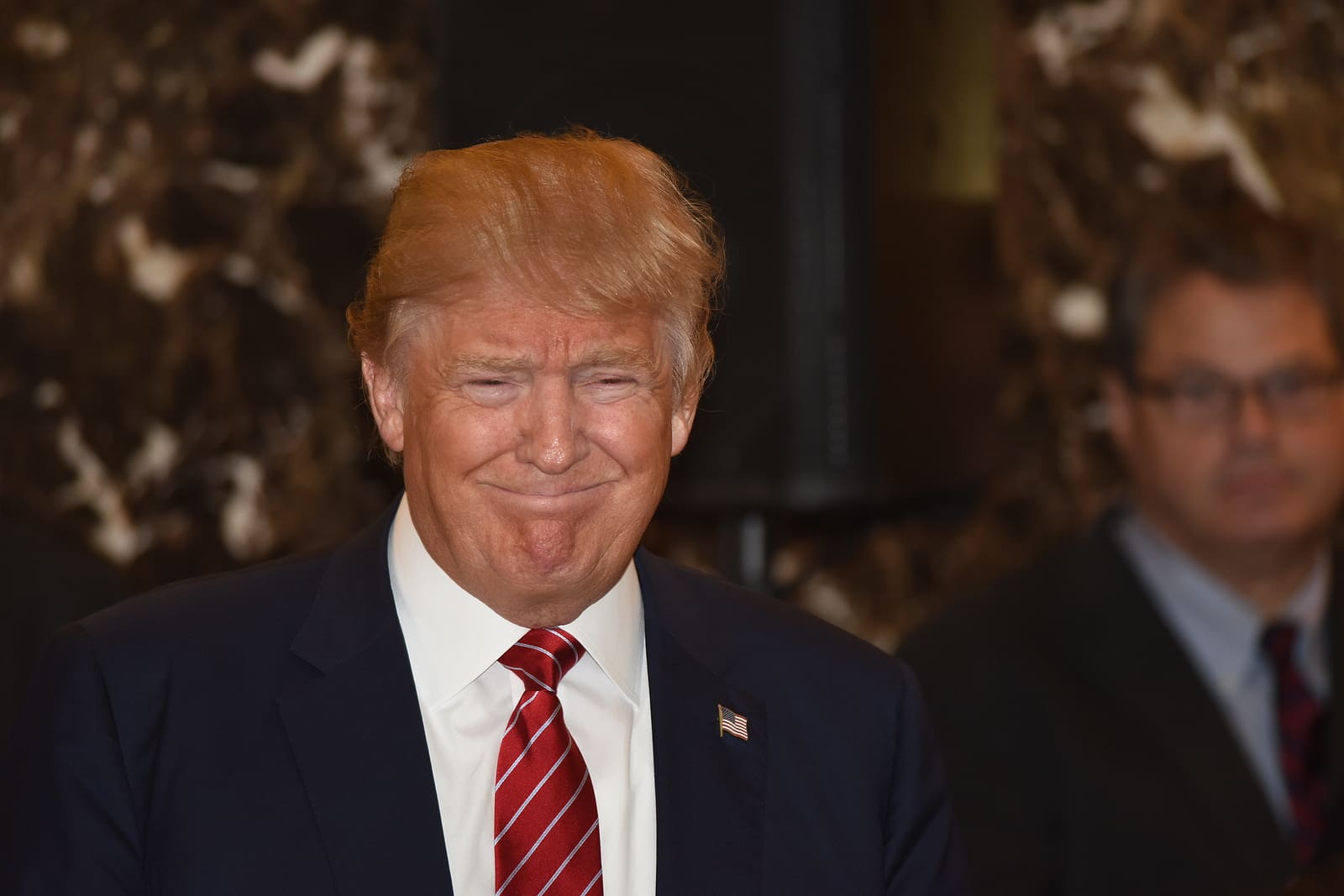The Hidden Cost of Greed: Why Federal Oversight and Socialized Healthcare Are the Only Path Forward for the United States
ST. LOUIS, MO (STL.News) For decades, Americans have been told that their healthcare system—expensive, fragmented, and deeply complex—is the “best in the world.” Yet beneath that marketing veneer lies a troubling truth: healthcare in the United States is one of the largest drags on the economy, a driver of inequality, and an industry consumed by greed that still fails to operate sustainably.
The evidence is overwhelming. The United States spends nearly 20% of its GDP on healthcare, which is significantly higher than the average for any other developed nation. Yet, it ranks poorly in outcomes such as life expectancy, maternal health, and the management of chronic diseases. The system is riddled with waste, fraud, and administrative bloat, all while hospitals, insurers, and pharmaceutical companies extract record profits.
This contradiction raises the central question: How can a system that costs so much, delivers so little, and leaves so many behind still operate without meaningful federal oversight? And more importantly, what must be done to fix it?
The answer, increasingly, is clear: federal intervention and a socialized healthcare system that prioritizes health over profit.
Healthcare as a Drag on the Economy
The U.S. spends more than $4.5 trillion annually on healthcare, and costs are projected to keep rising faster than inflation. To put that in perspective, the U.S. spends roughly twice as much per person on healthcare as other wealthy nations, such as Germany, France, or Canada. Yet those countries achieve better results at half the price.
This bloated system creates ripple effects across the entire economy:
- Business Competitiveness — American companies pay higher costs to insure their workers, raising the price of U.S. goods and services in global markets.
- Wage Suppression: Employers offset rising health insurance premiums by freezing wages, contributing to decades of stagnant income growth for workers.
- Household Debt: Medical debt remains the leading cause of bankruptcy in the U.S., eroding consumer confidence and fueling financial instability.
Instead of fueling innovation and prosperity, healthcare spending has become a massive economic sinkhole.
A System Without Oversight
Unlike banking, utilities, or transportation—industries subject to federal standards and oversight—healthcare operates as a largely unregulated free-for-all:
- Insurance companies dictate what care is covered, while regulators offer little protection against denial of treatment.
- Hospitals set prices arbitrarily, often charging patients ten times more than the actual cost of services.
- Pharmaceutical companies have unchecked power to raise drug prices, with lifesaving medications like insulin costing ten times more in the U.S. than abroad.
This patchwork system encourages exploitation rather than accountability. Every player has an incentive to maximize profit, while patients—the supposed “customers”—are left with little transparency, no bargaining power, and limited alternatives.
The Role of Greed
At the core of this crisis is greed. Healthcare is no longer about healing the sick or preventing disease; it has been transformed into a profit-maximizing machine.
- Executives at major hospital systems often receive seven-figure salaries, while rural hospitals close at an alarming rate.
- Insurance giants post record profits each quarter while raising premiums and narrowing networks.
- Drug companies increase prices on existing medications without incurring research costs to justify the hike.
The result is a moral and economic failure: patients pay more, receive less, and are treated as revenue streams rather than human beings.
The Irony of “Profitability”
Despite its enormous cost, the system is not even efficient at making money. Many hospitals operate at razor-thin margins, and hundreds of rural hospitals have closed in the past decade. Doctors are burned out, insurers constantly shift risk, and providers compete for reimbursements.
This creates a paradox: healthcare is both one of the most expensive sectors of the economy and one of the least stable. The lack of sustainability suggests that the model itself is flawed.
Why Federal Intervention Is Necessary
The U.S. has reached a tipping point. Incremental reforms have failed. The Affordable Care Act expanded coverage but left the underlying cost structure intact. Price transparency rules exist on paper but are widely ignored. States experiment with reforms, yet none can confront the national scale of the crisis.
Only federal intervention can reset the system. Just as the federal government established Social Security, Medicare, and national labor laws in response to past crises, it must now confront healthcare with the same determination.
Federal oversight would mean:
- Universal Coverage: Guaranteeing every American access to healthcare as a right, not a privilege.
- Cost Controls: Setting national price limits on drugs, procedures, and insurance premiums.
- Efficiency Mandates: Streamlining administration, eliminating redundant billing, and cutting waste.
- Equity in Access: Ensuring rural hospitals, urban clinics, and underserved communities receive stable funding.
The Case for Socialized Healthcare
Socialized medicine is not a radical experiment. It is the global standard. Nations with socialized or single-payer systems—Canada, the United Kingdom, France, Japan, and others—spend far less, achieve better outcomes, and maintain longer life expectancies.
Critics often warn that socialized systems lead to rationing or long wait times. Yet rationing already exists in the U.S.—it is rationing by price and insurance denial, where millions of Americans skip treatment because they cannot afford it.
Socialized healthcare eliminates this financial gatekeeping by making care a public good, just like policing, firefighting, or public education. It does not end choice; rather, it ensures everyone has a fair starting point for care.
Economic Benefits of Socialized Healthcare
Far from being a burden, a socialized healthcare system could become an engine of economic growth:
- Lower Business Costs: Employers would no longer bear the burden of insuring workers, making U.S. businesses more competitive globally.
- Increased Wages: With health insurance off the payroll ledger, workers could see higher direct compensation.
- Reduced Debt: Eliminating medical bankruptcies would stabilize household finances and increase consumer spending.
- Innovation in Care: Freed from billing complexity, doctors and hospitals could focus on outcomes and efficiency.
In short, socialized healthcare would return billions of dollars in hidden costs to families and businesses, fueling a stronger, more resilient economy.
A Moral Imperative
Beyond economics, healthcare reform is a moral issue. No developed nation should accept a system where people die for lack of insulin, avoid the emergency room for fear of debt, or are driven into bankruptcy after a cancer diagnosis.
The U.S. healthcare system has become a monument to greed, a fortress built to protect profits rather than patients. Only federal action—bold, sweeping, and unapologetic—can tear down that fortress and rebuild it around fairness, efficiency, and compassion.
Conclusion: The Time for Federal Action Is Now
The United States stands at a crossroads. One path leads deeper into inefficiency, rising costs, and worsening inequality. The other leads to fairness, sustainability, and economic renewal through socialized medicine.
History shows that crises often spark transformation. Just as the Great Depression gave rise to Social Security, today’s healthcare crisis must give rise to universal, federally overseen healthcare reform.
The choice is no longer about ideology. It is about survival—of families, businesses, and the American economy itself.
The time for debate has passed. The time for federal intervention has arrived.
© 2025 STL.News/St. Louis Media, LLC. All Rights Reserved. Content may not be republished or redistributed without express written approval. Portions or all of our content may have been created with the assistance of AI technologies, like Gemini or ChatGPT, and are reviewed by our human editorial team. For the latest news, head to STL.News.









